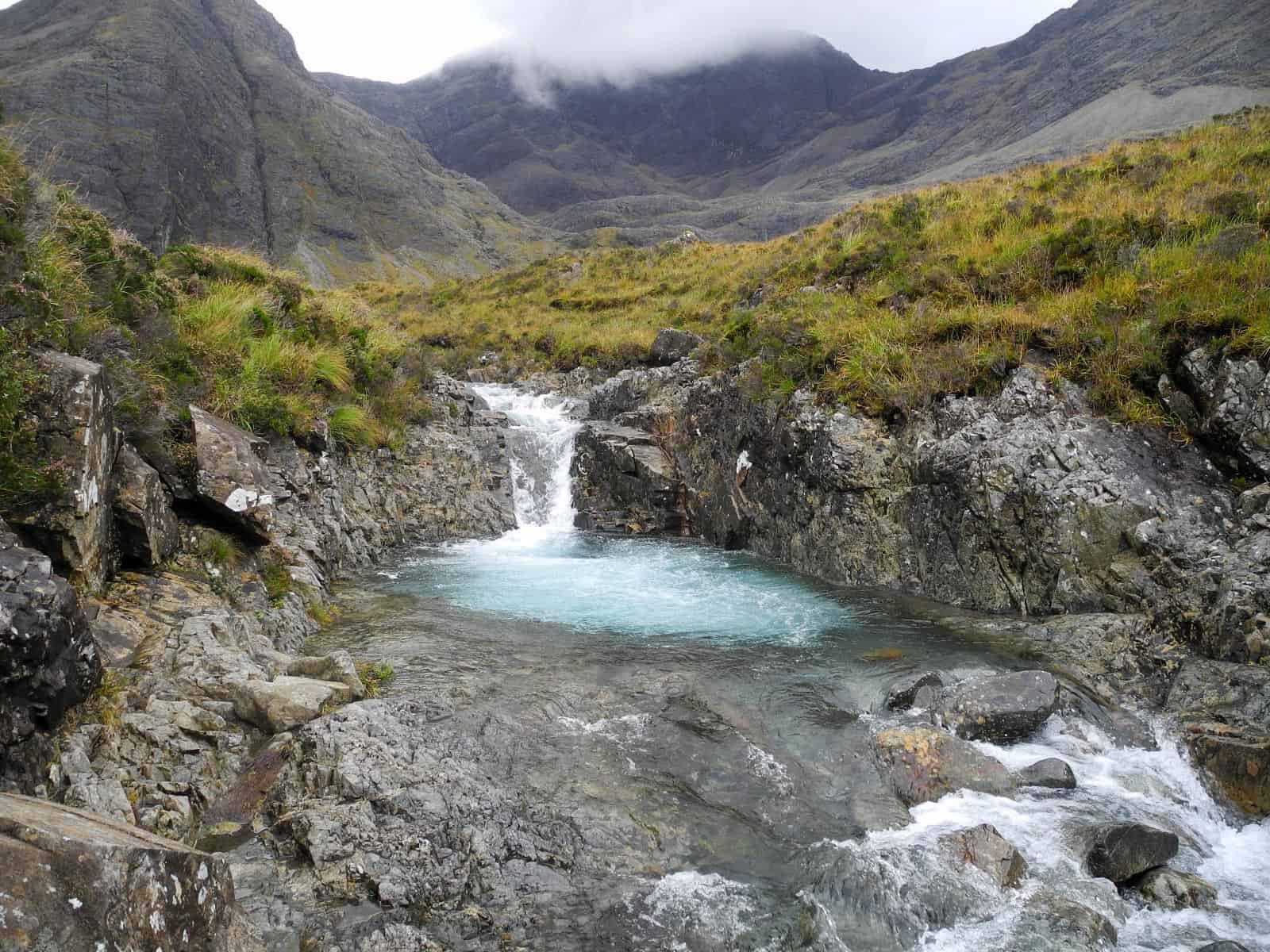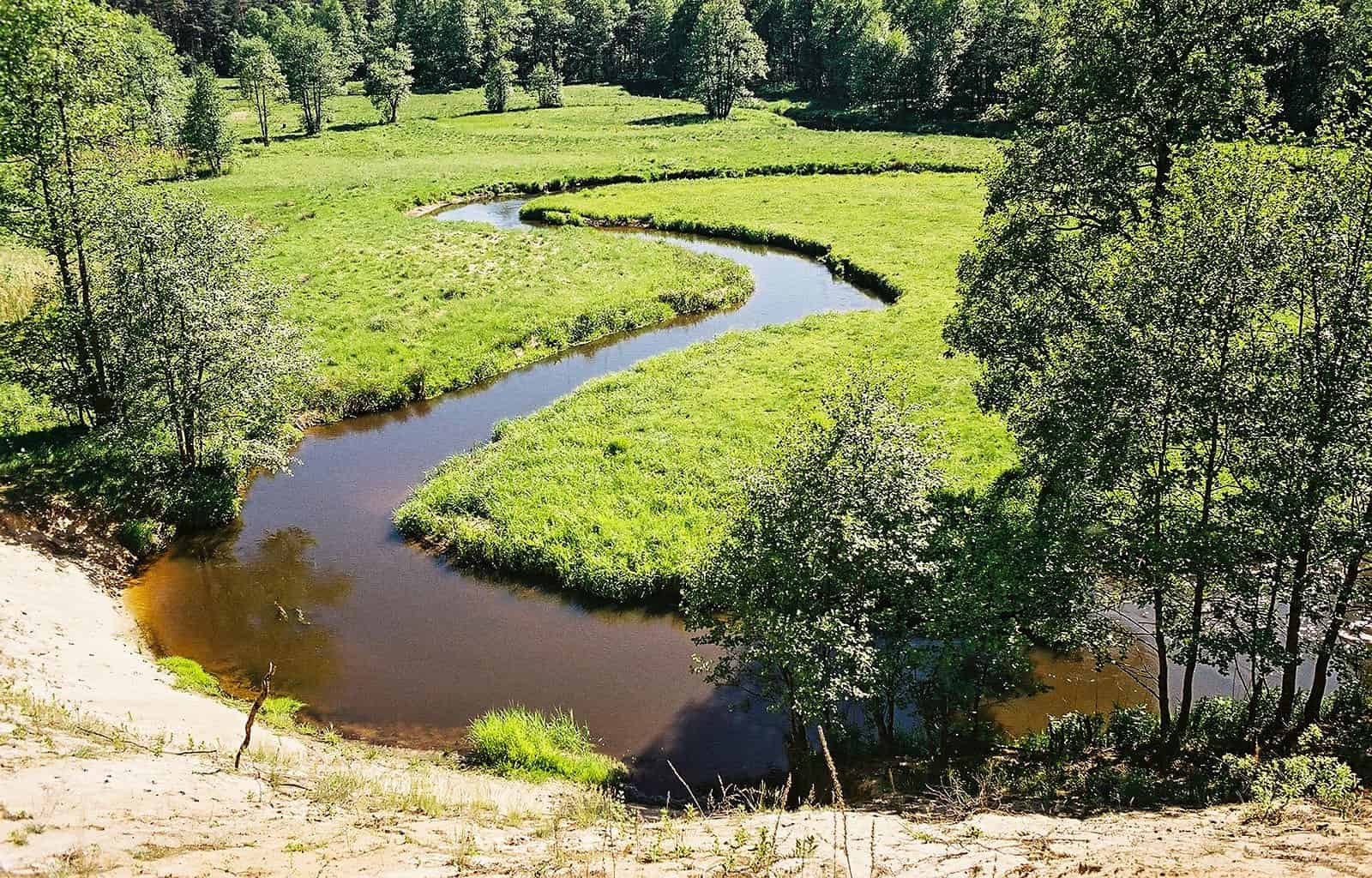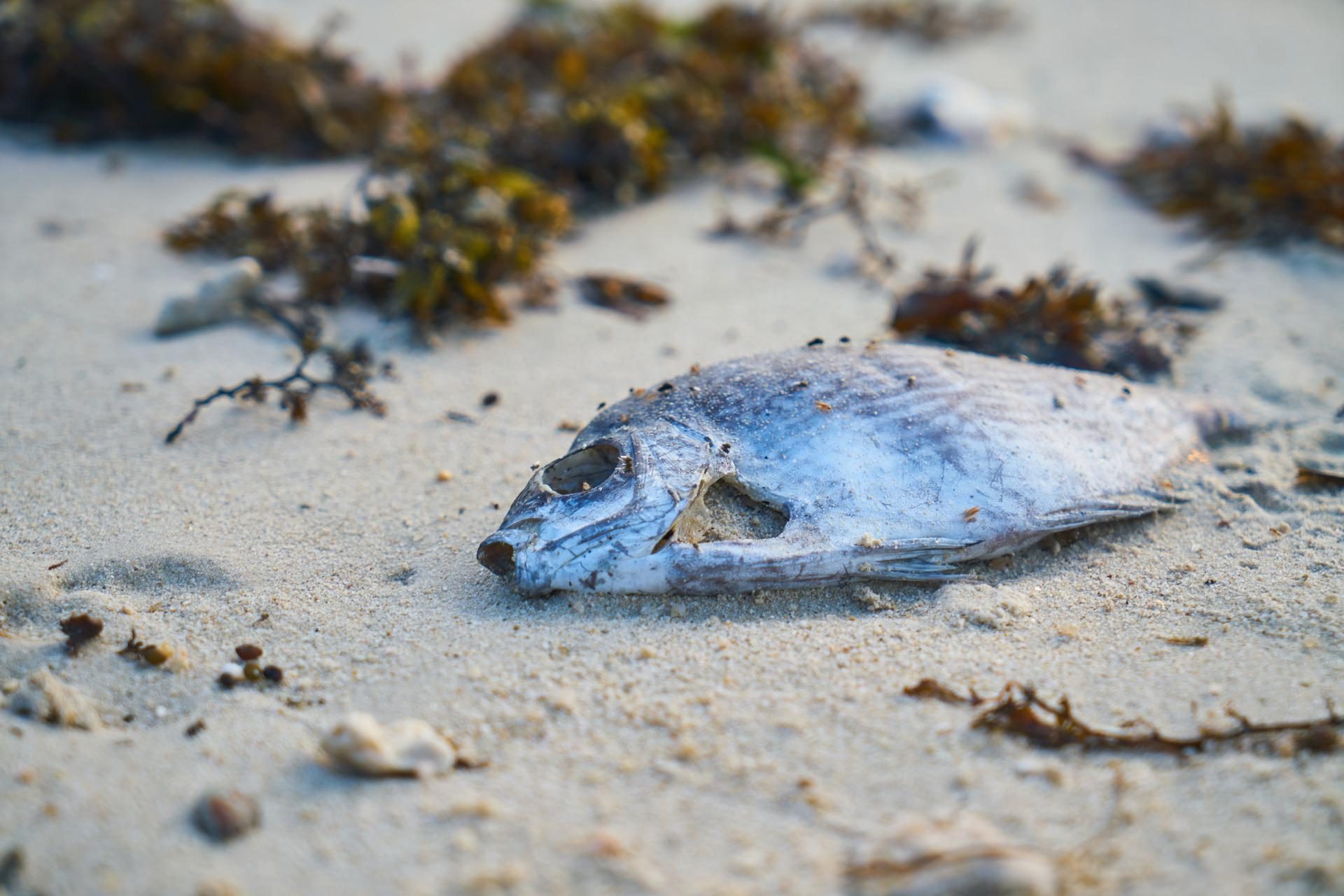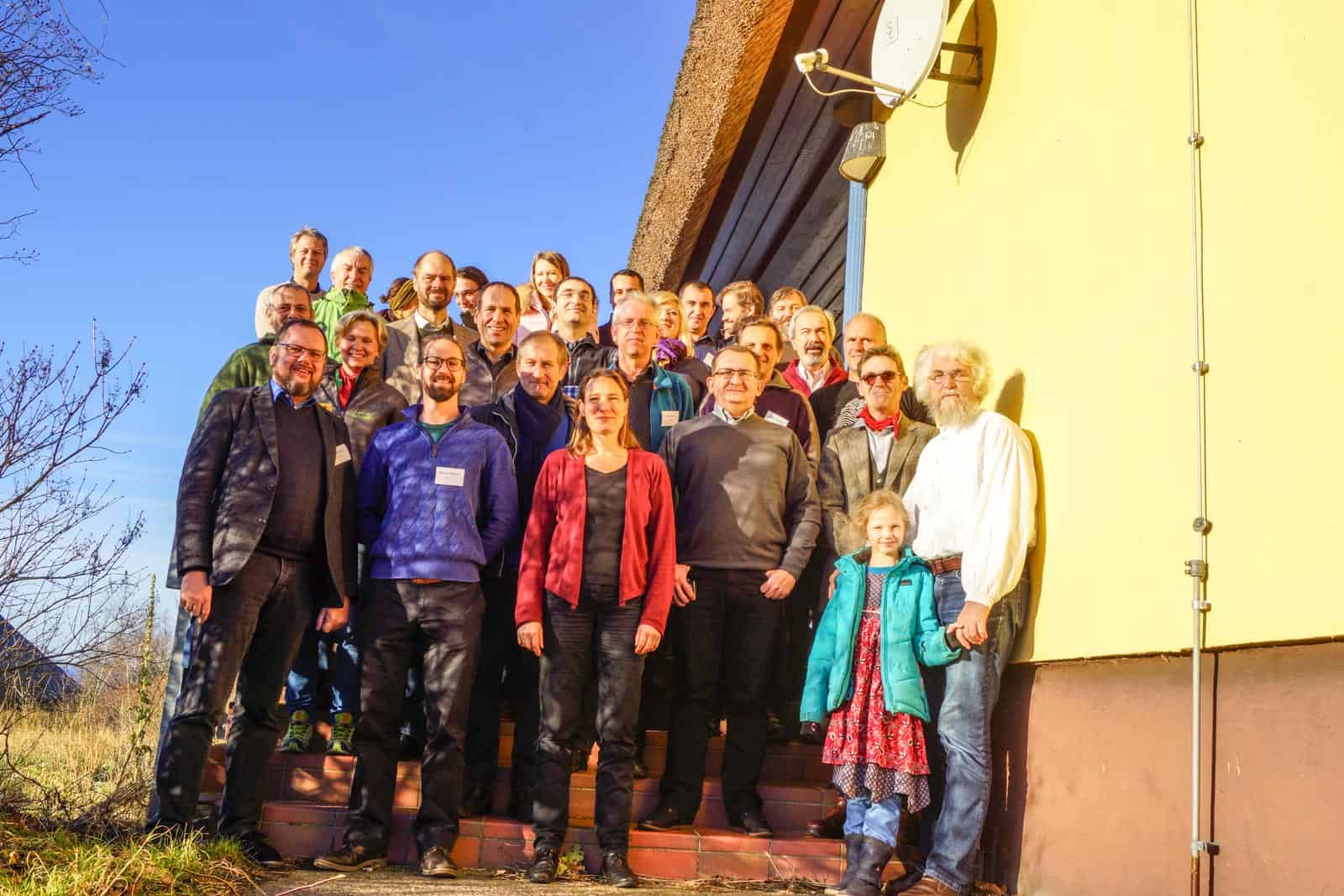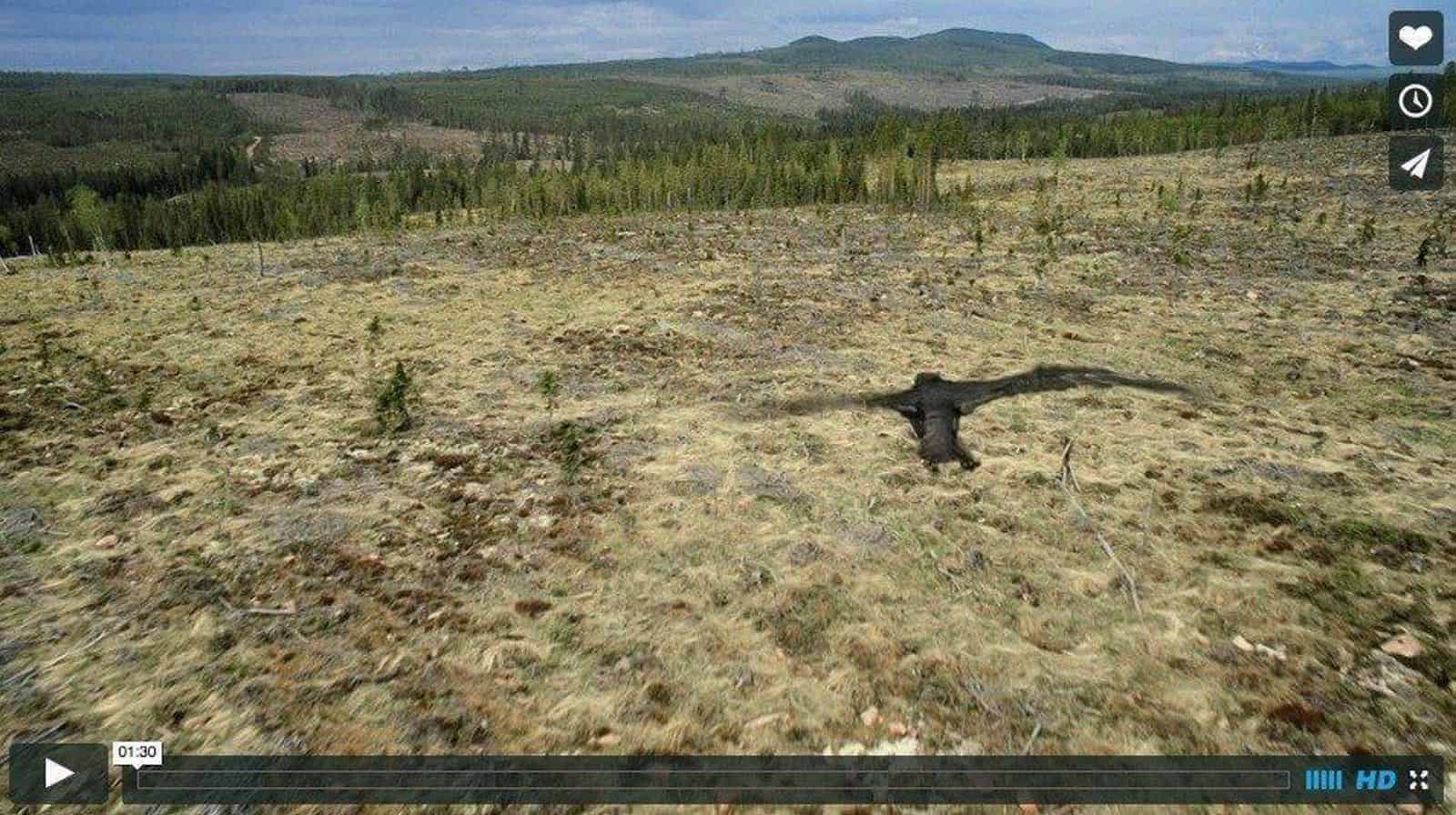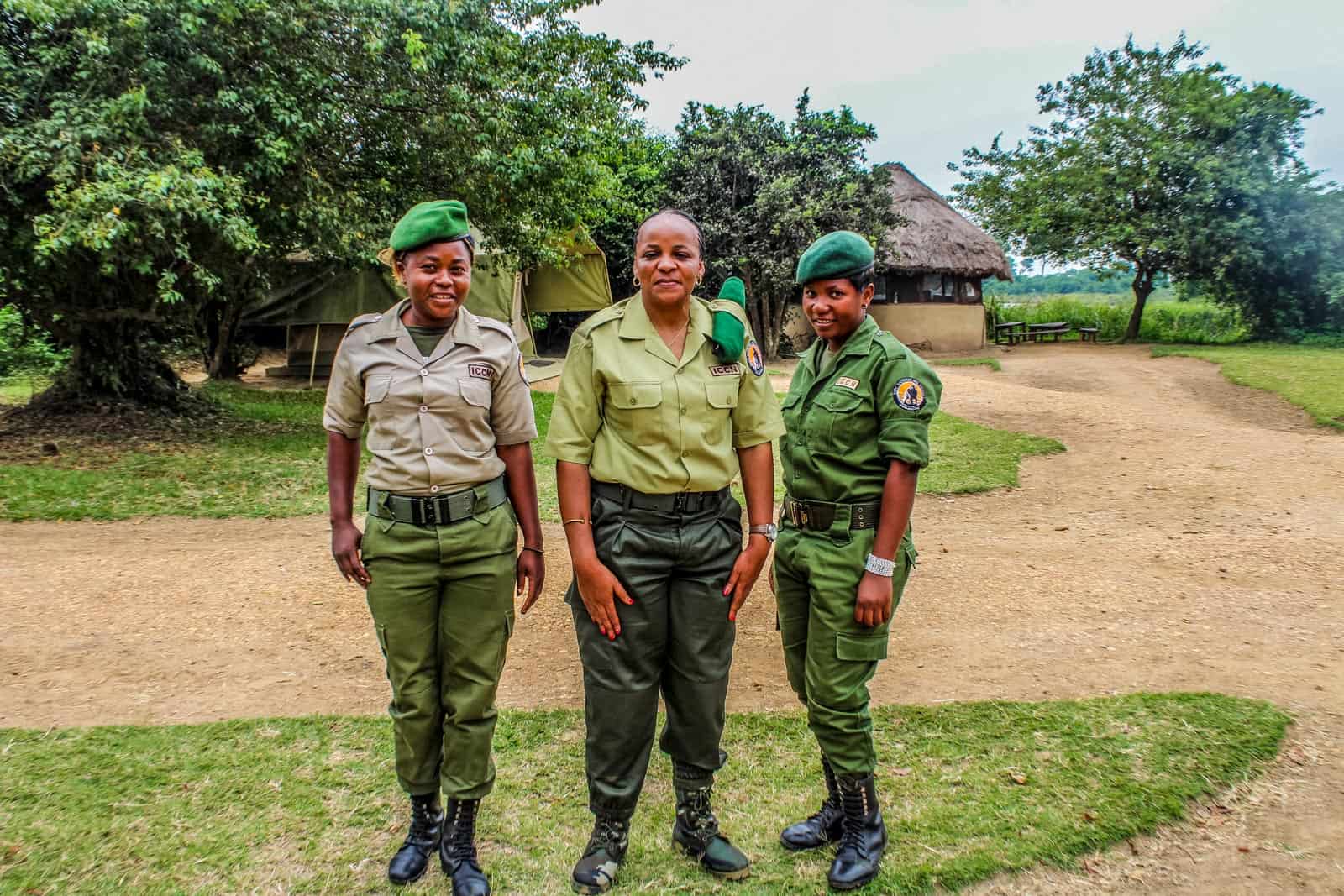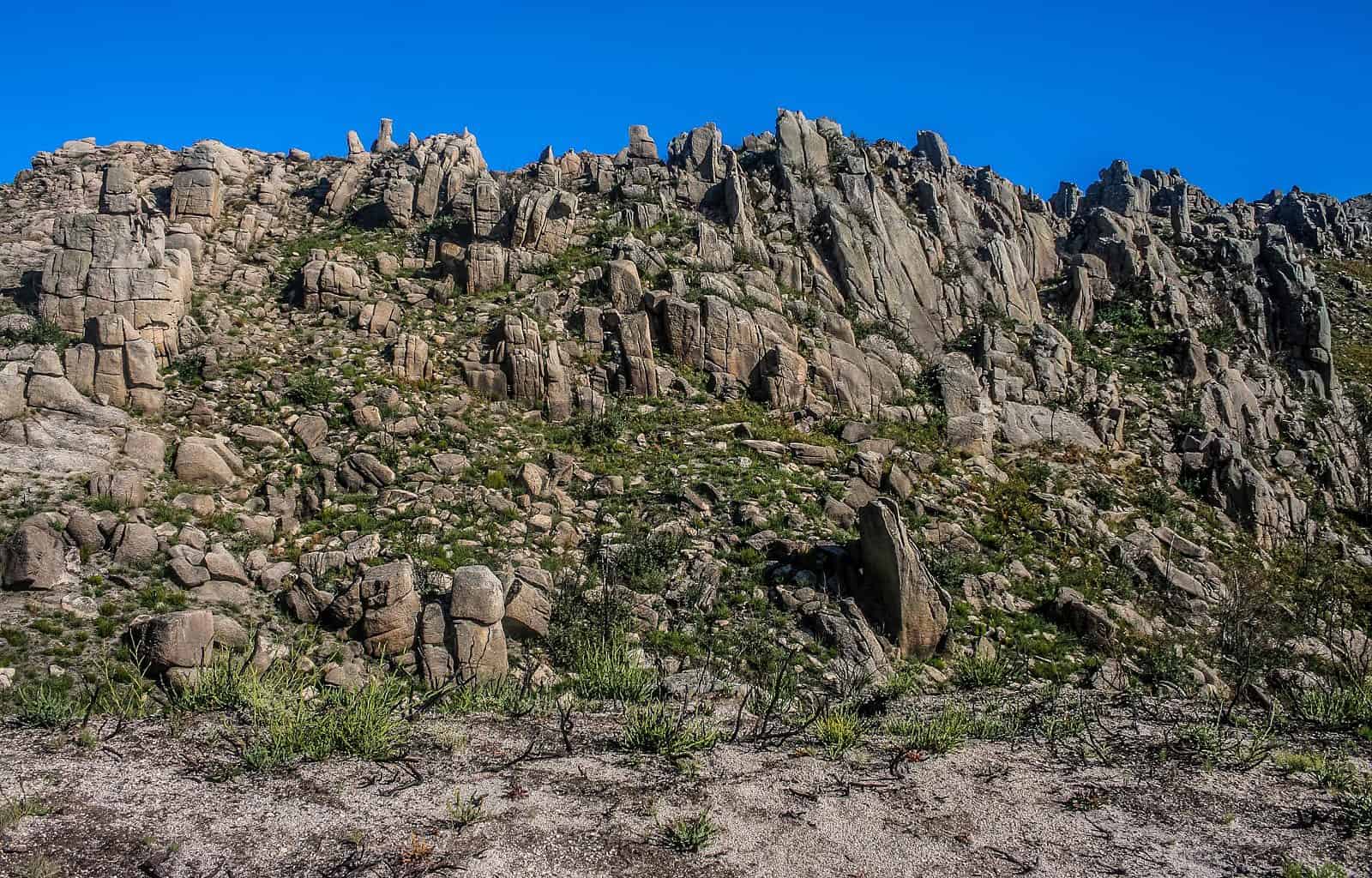Levelling up nature in the UK
Across the world, leaders have committed to placing 30% of land under protected status by 2030 through the Leaders’ Pledge for Nature. One of the signatories to this deal is the UK Prime Minister, Boris Johnson. The Prime Minster, through signing this pledge, has set the UK a target of expanding its protected area portfolio. Currently, protected land accounts for 25% of the UK’s total land mass. Furthermore, the government has split these into multiple categories. Amongst others, these include National Parks, Areas of Outstanding Natural Beauty (AONB), and Sites of Special Scientific Interest (SSSI). National Parks are, to the public, probably the most well known category. In total, there are 15 National Parks in the UK. These consist of 10 in England, two in Scotland covering, and three in Wales. Respectively, they cover 9.3%, 7.2% and 19.9% of each nation’s land mass.
Please also read: The dilemma of the deer cull in Scotland
Insufficient natural protection
Using the IUCN definition, National Parks are “large natural or near natural areas set aside to protect large-scale ecological processes”, that are largely untouched by humans and grant legal protection to their wildlife and habitats. UK National Parks fail to meet these criteria. In addition, the English and Welsh National Parks contain no Wilderness. Mainly due to the UK’s dense population, man has had a greater impact on the landscape than in other places. As a result, landscapes are more actively managed in the UK than elsewhere. National Parks contain the last large blocks of semi-natural habitats in the UK. However, these fail to fulfil their function as a place of refuge for wildlife.
Only 25% of the Sites of Special Scientific Interests, normally situated within National Parks, are of a favourable status, while a higher proportion (43%) of unprotected countryside areas are of this status. This is symptomatic of the problem that National Parks face in the UK. In 1974, the National Parks Policy Review Committee introduced the Sandford Principle. This occurred during a review into balancing conservation with increasing visitor numbers. If there is conflict between nature, landscapes and people, then the protection of nature and wildlife should be given precedence. Despite this becoming law in 1995, there has been a lack of adherence to this in practice. Management approaches have not given nature sufficient priority in the National Parks of the UK.
Parts of the National Parks which focus specifically on protecting nature are, in fact, doing worse than areas in the wider countryside. Thus, they are failing in their mission to protect Britain’s native wildlife. Although they were not set up to protect Wilderness, there are still severe deficiencies in their protection of what nature still exists in Britain.
Little interest for nature
Far from meeting the IUCN standard for a National Park, the UK’s network of National Parks fall into a category of protected areas that are mainly managed for landscape protection and recreation. National Park management in the UK is very patchwork-like. This is due to the parks not really being ‘national’, as in the state does not own them in their entirety. Multiple stakeholders own land in the UK’s National Parks, such as individuals, companies, local councils, and charities. Owing to the influence of this wide-range of stakeholders, regulations permit lots of intervention-intensive management techniques. Activities as impactful as agriculture, mining, logging and fracking are acceptable, or about to be permitted, on UK National Park land.
The grouse shooting industry holds significant influence in the management of rural areas in the UK. With grouse shooting actively encouraged in many National Parks, including the North Yorkshire Moors, it means that commercial considerations are given priority over environmental concerns. This has led to the the draining and burning of blanket bogs affecting their ability to support other species.
For a long time, the authorities have given priority to commercial interests in the UK’s National Parks. This has left little room for nature and large scale ecological processes to flourish. Although grouse management has led to the maintenance of moorland landscapes typical of the UK landscape, this has come at a cost of habitat diversity as other habitats are converted to moorland to accommodate the grouse shooting industry. Not prioritising nature has led to a lack of recognition that National Parks should be areas where large scale ecological processes can take place. This prevents the dynamic and changing characteristics of nature from appearing. Consequently, management approaches in the UK need to change to allow for these processes to occur.
National Parks contribute to global targets
If the UK’s National Park and protected area network wants to contribute meaningfully to the Leaders’ Pledge for Nature, then the authorities need to affect changes to their management. The recent Glover Review found that National Parks were not doing enough to protect nature. It outlined 27 recommendations focusing on reversing the decline of nature. This included the establishment of a US-style ranger service for the UK’s National Parks, as well as a new National Landscapes Service to unify the administration and management of the UK’s National Parks and Areas of Outstanding Natural Beauty. This will hopefully reconnect the public with nature as well, encouraging them to become responsible stewards of nature.
The government has not yet acted substantially on these recommendations, but the UK’s National Parks badly need investment. The UK needs National Parks and other protected areas to do much more for nature. Other parts of the world are wilder and contain less intensively managed habitats. This, subsequently, gives nature a better starting point in these areas. In the UK, the opposite is true. Nature in the UK requires more effort and investment, in order to bring it up to a favourable status. However, if the government and other organisations invest in Britain’s nature and biodiversity recovers, then the 30% target of protected areas, a target to which the Prime Minster has agreed to, will not just be a nominal target for political point scoring, but will lead to a real improvement to the biological and natural health of the UK.
If the UK, the country where the Industrial Revolution started and one of the oldest industrial economies, can become somewhere that nature is recovering… how exciting is that as a beacon to the rest of the world?


